Expansion of Rail Infrastructure
The expansion of rail infrastructure is a pivotal driver for the Railway Radiator Market. As countries invest in upgrading and expanding their rail networks, the demand for reliable and efficient cooling systems in new and existing rolling stock is expected to rise. This trend is particularly evident in regions where rail transport is being promoted as a sustainable alternative to road transport. Recent reports suggest that investments in rail infrastructure are projected to reach several billion dollars over the next decade, creating a substantial market for railway components, including radiators. Consequently, manufacturers are likely to benefit from increased orders and contracts, thereby enhancing their market presence within the Railway Radiator Market.
Technological Innovations in Radiator Design
Technological innovations are reshaping the Railway Radiator Market, with advancements in materials and design playing a crucial role. The integration of lightweight materials, such as aluminum and composites, is enhancing the efficiency and performance of railway radiators. These innovations not only contribute to weight reduction but also improve heat dissipation capabilities. Furthermore, the incorporation of smart technologies, such as sensors and IoT connectivity, allows for real-time monitoring of radiator performance. This data-driven approach enables proactive maintenance and reduces downtime, which is vital for railway operators. As the industry continues to evolve, the emphasis on technological advancements is likely to drive growth in the Railway Radiator Market, fostering a competitive landscape among manufacturers.
Growing Focus on Passenger Comfort and Safety
The Railway Radiator Market is increasingly influenced by the growing focus on passenger comfort and safety. As rail operators strive to enhance the overall travel experience, the role of effective cooling systems becomes paramount. Efficient radiators contribute to maintaining optimal temperatures within passenger compartments, ensuring a comfortable environment during transit. Additionally, advancements in radiator technology can improve safety by preventing overheating and potential failures. With rising passenger expectations and competitive pressures, railway companies are investing in high-quality radiator systems that not only meet performance standards but also enhance passenger satisfaction. This trend is likely to propel growth in the Railway Radiator Market, as operators prioritize investments in technologies that align with these objectives.
Increasing Demand for Efficient Cooling Systems
The Railway Radiator Market is experiencing a notable surge in demand for efficient cooling systems. This trend is primarily driven by the need for enhanced thermal management in locomotives and rolling stock. As rail operators seek to improve performance and reduce operational costs, the adoption of advanced radiator technologies becomes imperative. Recent data indicates that the market for railway radiators is projected to grow at a compound annual growth rate of approximately 5.2% over the next five years. This growth is attributed to the increasing focus on energy efficiency and the reduction of emissions in the railway sector. Consequently, manufacturers are innovating to develop radiators that not only meet these demands but also comply with stringent environmental regulations, thereby positioning themselves favorably within the Railway Radiator Market.
Regulatory Compliance and Environmental Standards
The Railway Radiator Market is significantly influenced by stringent regulatory compliance and environmental standards. Governments worldwide are implementing policies aimed at reducing carbon emissions and promoting sustainable practices within the transportation sector. As a result, railway operators are compelled to invest in technologies that align with these regulations. The introduction of eco-friendly materials and designs in radiator manufacturing is becoming increasingly prevalent. For instance, the use of recyclable materials in radiator construction is gaining traction, which not only meets regulatory requirements but also appeals to environmentally conscious consumers. This shift is expected to drive innovation and investment in the Railway Radiator Market, as companies strive to develop products that are both compliant and efficient.


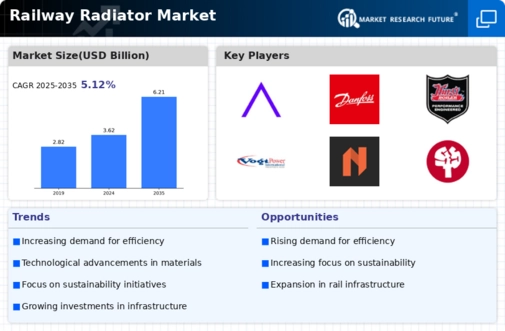
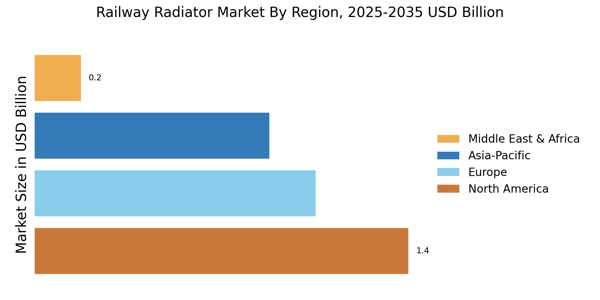
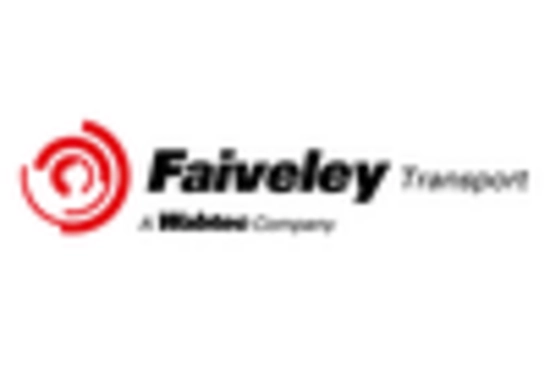
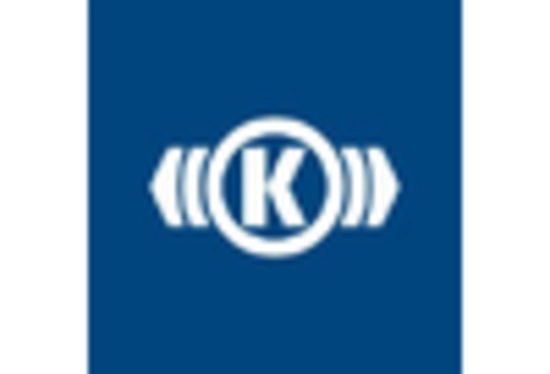
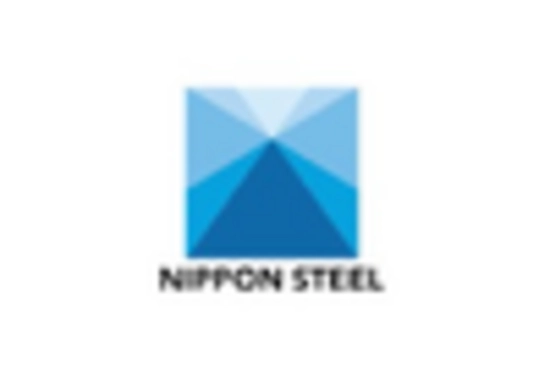











Leave a Comment